When film director Miloš Forman was shooting his Best Picture Academy Award-winning film Amadeus about the great Viennese composer Wolfgang Amadeus Mozart, he wanted to create a set as faithful to 18th century Vienna as he possibly could.
So he filmed in Prague.
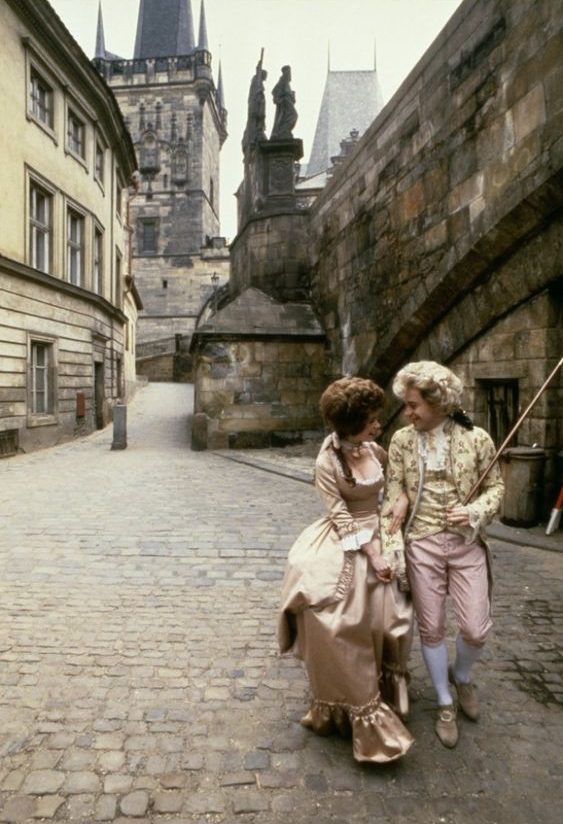
This Central European city, now a popular destination for tourists from all around the world, is a rarity in its vicinity, as its vast wealth in historical treasures remained as good as untouched throughout the Second World War.
Nearly 13 years to the day I first arrived in Prague, a city I called home for four formative years of my life, I cannot forget feeling like I was walking straight into a postcard upon entering the town’s center. Every way I turned my head, my eyes fell upon a structure that told stories of the city’s rich history.
Although I had four long years to discover all the beautiful nooks and crannies of the picturesque capital of the Czech Republic, I’m happy to report to the tight-scheduled Euro-tripper that Prague’s most important historical sights can all be seen in no more than two days.
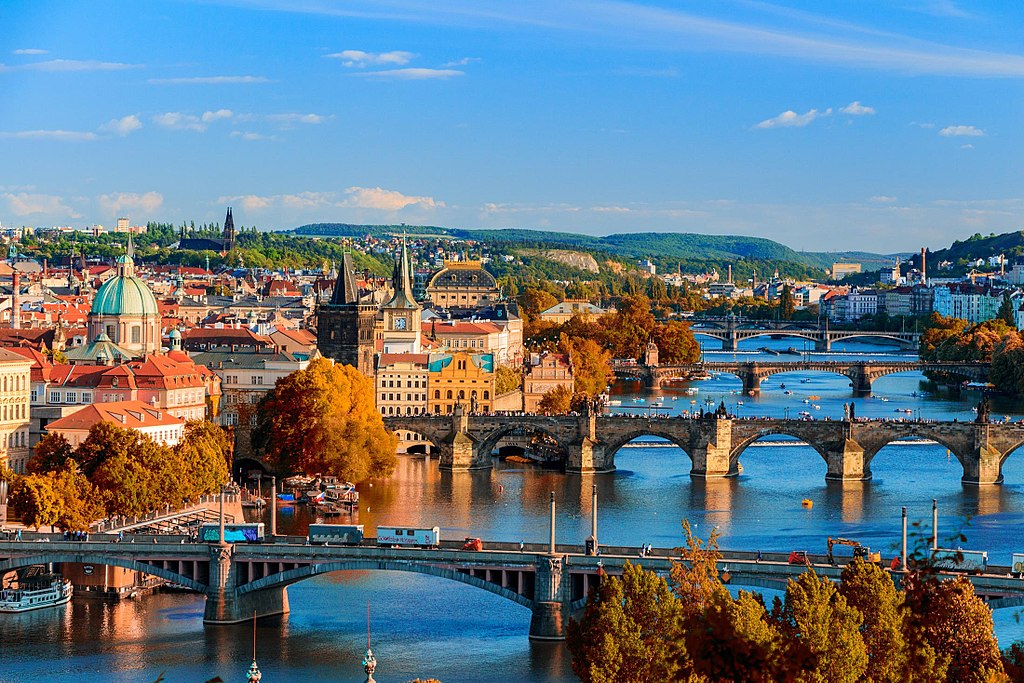
Like many great European cities, a great river — the Vltava (also known as the Moldau) — runs through Prague. A boat ride down the Vltava is an excellent way to view many historical buildings in the city, perhaps most famously the national theater. This building hosts hundreds of concerts, operas and ballets a year, and attending one of those, though pricey, is a dazzling experience.
Another great way to enjoy the presence of the Vltava is by crossing it on a beautiful, lively, cobbled pedestrian bridge, famous for the religious Baroque-style statues lined up at intervals on either side of it.
Charles Bridge is one of my personal favourite spots in Prague. On a sunny weekend, you’re bound to see artisans and street performers entertaining the crowds of tourists with their ice cream scoops and sunglasses perched on their noses.
This Bridge also serves as one of the crossings between the five areas Prague’s city center is divided into: Hradčany (Castle District) and and Malá Strana (Lesser Town) on one bank, and Nové Město (New Town), Staré Město (Old Town), and Josefov (Jewish Quarter) on the other.

Hradčany
The hulking outline of a dark Cathedral tower is certainly one of the most prominent features of Prague’s skyline. Part of the complex of Prague Castle, St. Vitus Cathedral outer architecture is a stunning feat of Gothic design. But inside, the Cathedral, which was built over more than 500 years, boasts a blend of Renaissance and Baroque design, two styles whose opulent, bright character contrast beautifully with the stern Gothic exterior.
Holding the world record for the world’s largest ancient castle, Prague Castle is a vast network of buildings that attracts nearly two million visitors per year. To me, one of the most memorable spots within the complex was the Golden Lane, a small street which was home to the goldsmiths that gave it its name. However in later years, some of the tiny houses lining the Golden Lane were inhabited by famous figures such as Nobel Prize-winning writer Jaroslav Seifert, and the iconic Franz Kafka who spent a year writing in a house rented by his sister.
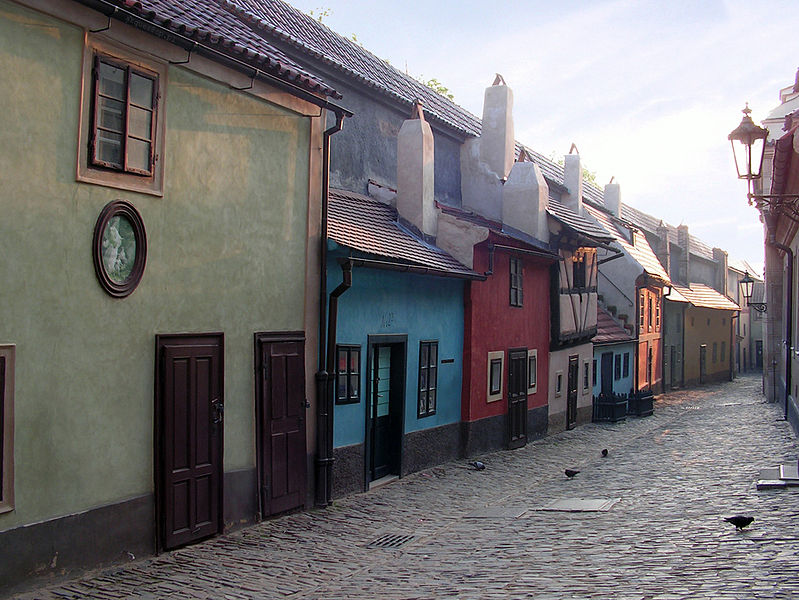
Malá Strana
The greenish copper dome of the St. Nicholas church rises in pride of place in Malá Strana. The church was built on a site that was once home to a Gothic Church and is considered the greatest piece of Baroque architecture in Prague. Mozart played its organ in 1787, and his masterpiece Mass in C was first played there.
A five minute walk away from the church is Wallenstein Palace, which is home to a magnificent Baroque garden with live peacocks prancing through the green maze-like hedges, and a koi pond deep in the geometrically arranged garden lies a lively koi pond.
Nové Město
Across the Vltava lies the New Town, which is home to the Dvořák Museum (dedicated to the famous Czech composer), the National Theater mentioned above.
Perhaps the most noteworthy spot is the iconic Václavské náměstí (Wenceslas Square), at the very center of this area. Flocks of locals and tourists spend their weekends there, shopping, eating, and drinking in the mighty company of the statue of Saint Wenceslas, the patron saint of Bohemia (the province of the Czech Republic Prague is in), upon his steed.
This statue stands under the imposing presence of the National Museum, a Neo-Renaissance masterpiece, housing exhibitions dedicated to natural history, art history, music, and Czech history.
Staré Město
At the heart of the Old Town lies Old Town Square, and it is the meeting point for many exploring downtown Prague. It’s the perfect space for setting up delicious-smelling seasonal markets and outdoor café tables. In the center of this square towers the statue of Jan Hus, the Czech church reformer who inspired the Hussite movement, which preceded Martin Luther and the Protestant Reformation.
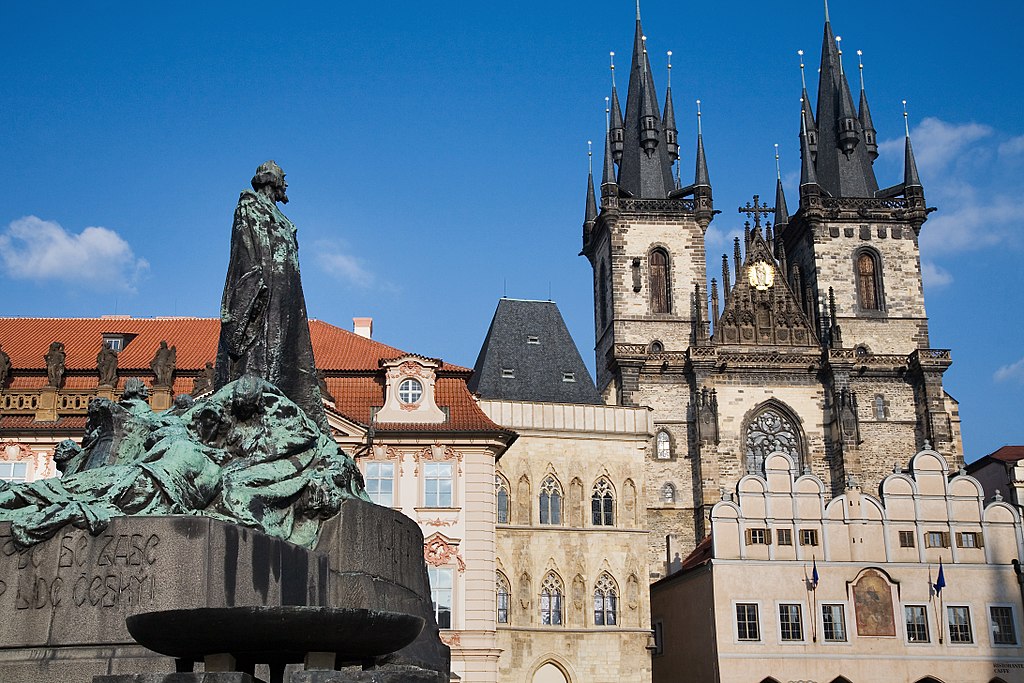
Another Prague icon in that very area is the Orloj, the oldest operating astronomical clock in the world. Installed in 1410, its presence packs in tourists in incredible numbers, crowding the cobble street around it, cameras in hand.

Obecní dům, or the Municipal House, is one of the architectural jewels of Prague. It is a magnificent example of Art Nouveau architecture and art with a Czech twist including some Baroque elements. The perfectly executed Art Nouveau interiors are decorated by leading Czech artists and sculptors, including the iconic Alfons Mucha.
This multi-functional building houses concert halls ,exhibition and events spaces, as well as a stylish restaurant and café. Its Smetana concert hall, named after the famous Czech composer, Bedřich Smetana is a great place to attend concerts, in a city known for the high quality of its classical music offerings.
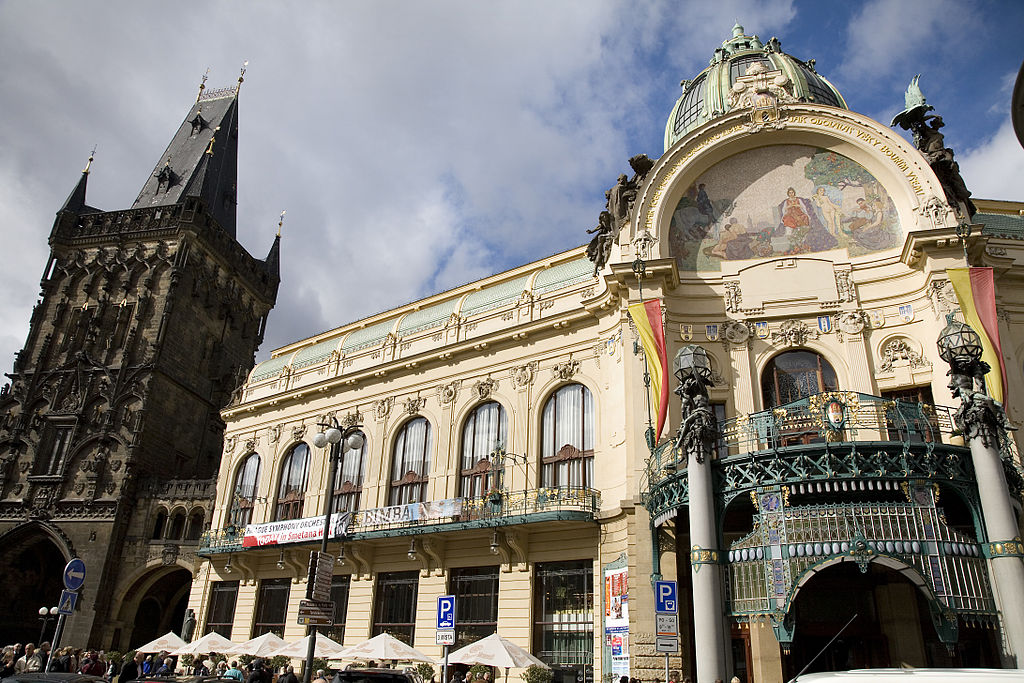
Josefov
A mere three-minute walk from Old Town Square is Josefov, one of the best-preserved Jewish Quarters in Europe, a testament to the long history of the Jewish community in the city that goes back to the 11th century made the Jewish quarter in the city one of the largest in the city, but also made it witness to crimes committed against the Jews of the city.
This part of Prague is also the source of the haunting legend of the Golem, a giant creature created by Rabbi and animated out of clay from the Vltava river. Golem went out to protect the Jewish citizens from the cruelty they were subjected to, but he became violent, some say of a broken heart. When the Rabbi who created the Golem was promised that the violence against the Jewish people of Prague would stop, he destroyed the creature.
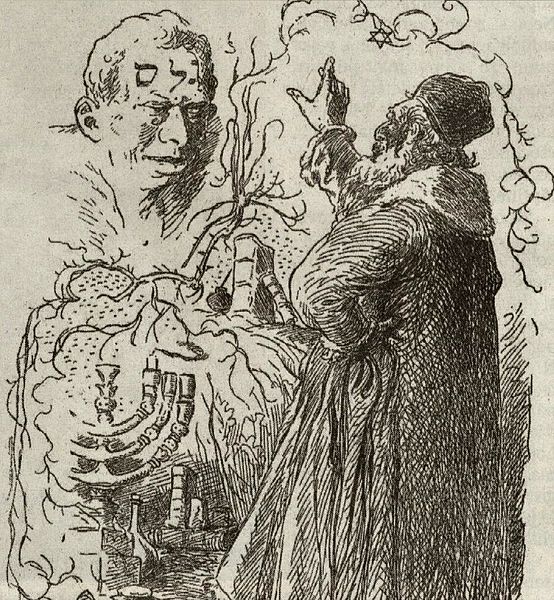
One of the greatest things about visiting Prague, and one of the reasons why it’s possible to see all of these magnificent sights in just two days is that many of them are within walking distance of each other. The Old Town, the Prague Castle, Charles Bridge, and many more tourist attractions are within a 20-minute radius of one another on foot, and metro, buses, and trams are easy to navigate, all over the place, and a 3-day pass for all of them costs the equivalent of EGP 210 (USD 14).
So if you’re a history buff, and are considering braving the Schengen visa process, I whole-heartedly recommend giving Prague a couple of days. It is by far the most magical European city I have ever had the chance to visit, and though there is more to it than history, walking through it is truly like walking through an open-air history museum.
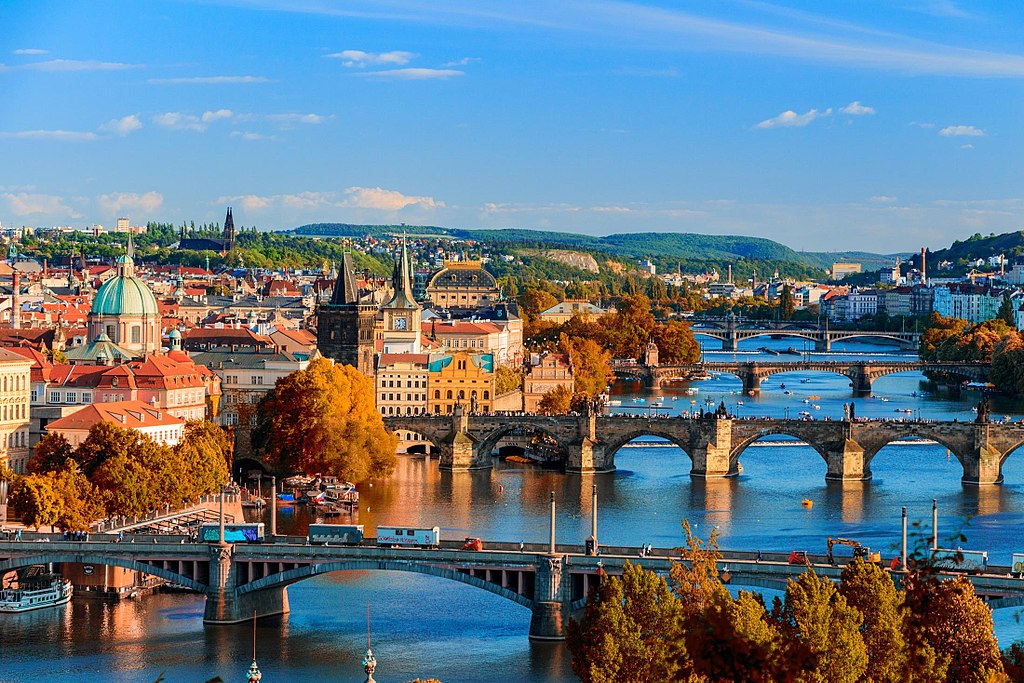


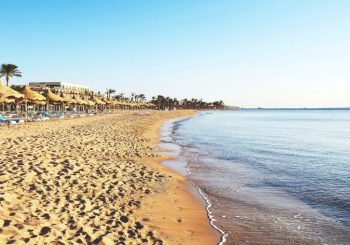
Comments (0)